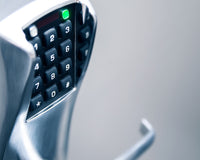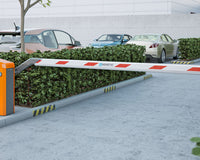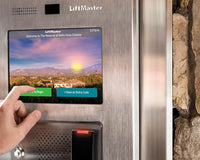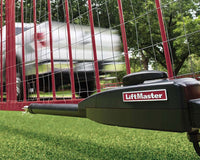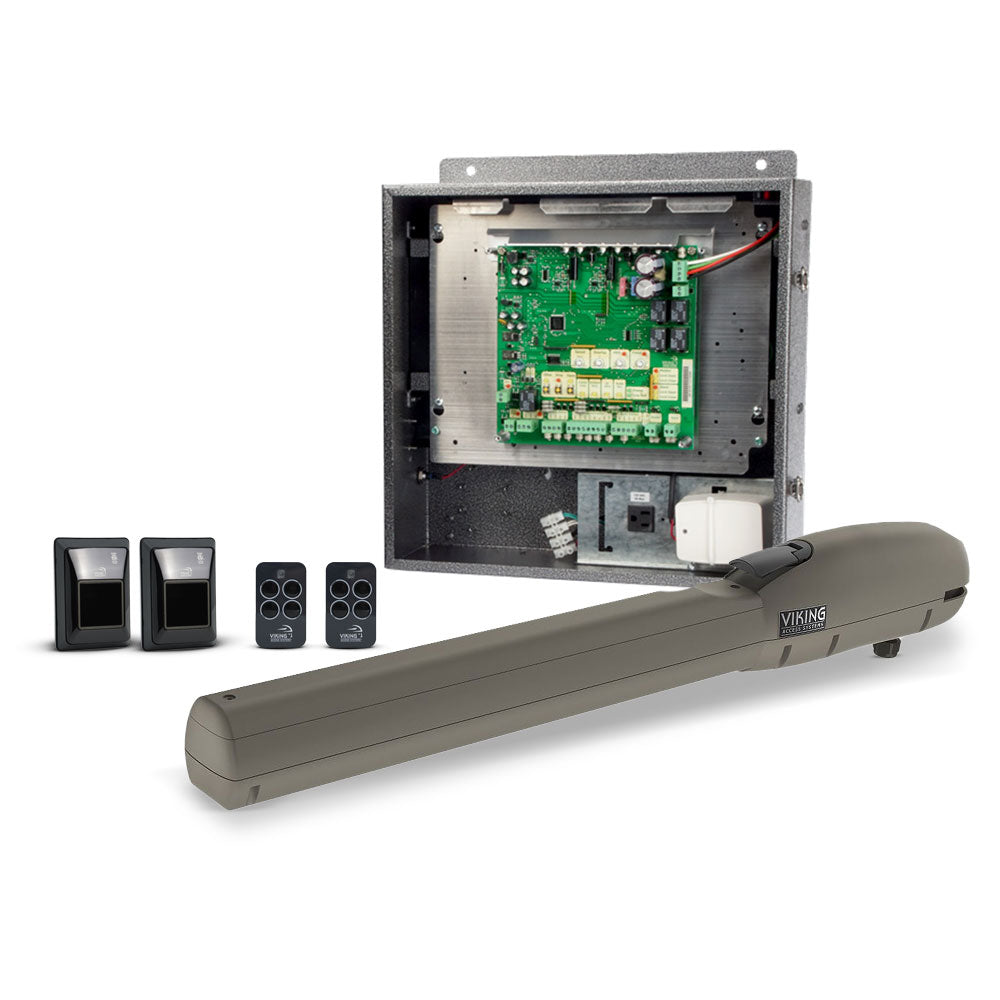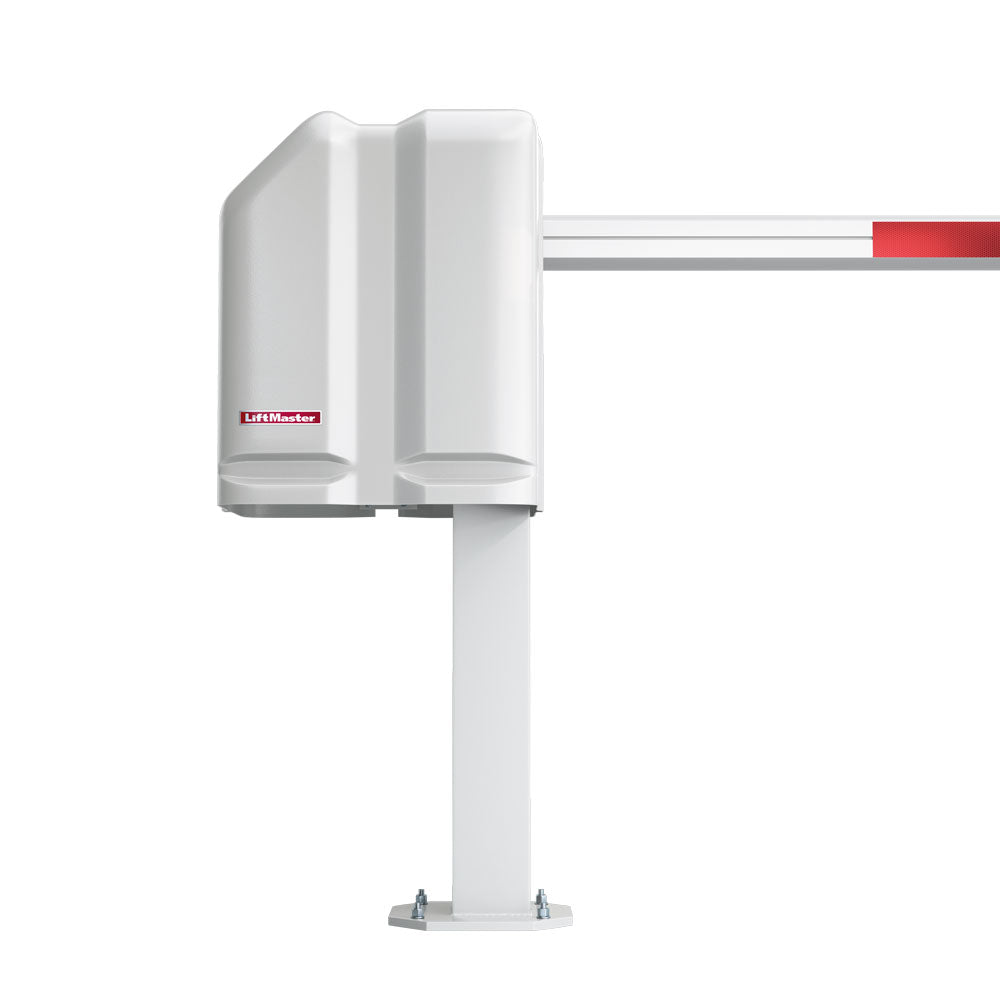The safety and well-being of students and staff are the most important factors to consider in any educational institution. In today’s increasingly digital world, school security cameras have become a prevalent tool for upholding these two factors. While cameras offer numerous benefits, concerns about privacy have emerged.
This article quickly addresses the role of school security cameras, exploring their advantages, potential challenges, and, most importantly, discussing the importance of balancing safety with privacy.
The Role of School Security Cameras
The role of school security cameras is pretty straightforward; they serve as a crucial component of a comprehensive safety plan for students and the staff of any particular school.
Some of the most important functions of a school security camera system include:
Deterrence
When students or visitors are aware of the presence of security cameras on the premises, it helps to keep them in check, making the cameras act as a deterrent to potential criminal activities such as vandalism, theft, or violence.
It is safe to say even powered-down cameras do a good job of making students, visitors, and staff think twice before performing any nefarious acts.
Monitoring
Monitoring is, perhaps, the most important function of school security cameras since every school needs to keep an eye on their students somehow to ensure their safety while in school. Cameras allow for real-time monitoring of school grounds, hallways, and common areas, enabling school authorities to quickly respond to incidents.
Investigation Tool
Security camera footage is an invaluable tool for investigating incidents, identifying perpetrators (and yes, students can be quite devious), and gathering evidence for disciplinary action or even law enforcement involvement.
Whatever the investigative needs of a school are, school security cameras can always help make the process easier.
Emergency Response
During emergencies like lockdowns or fires, cameras provide vital information for coordinating response efforts and ensuring the safety of students and staff. Some cameras are designed to withstand heat and other harsh weather conditions. The security cameras in a school’s inaccessible parts can help greatly in coordinating an emergency response.
Most modern cameras, especially IP cameras, typically store their footage on-site, offsite, and in the cloud, making them damage-proof in a certain sense. As long as your footage is fine, you can learn more about what started an emergency situation in the first place.
Increased Safety Guarantee for Parents
Parents tend to feel more at ease when they know that their children are under the watchful eye of the school staff.
The Types of Surveillance Cameras Used for Schools
The choice of security cameras in a school significantly affects the effectiveness of a surveillance system.
Below are some of the most common types of security cameras used in schools:
Dome Cameras: Dome cameras typically offer a wide field of view and are, therefore, used in hallways, lobbies, and classrooms. Their discreet design makes them less intimidating for students, visitors, and staff members.
PTZ (Pan-Tilt-Zoom) Cameras: Different types of cameras can be regarded as Pan-Tilt-Zoom (PTZ) cameras as long as they offer the ability to move the camera in several degrees of freedom. These cameras offer greater flexibility, allowing operators to zoom in on specific areas and adjust the camera’s angle remotely. They are great for monitoring larger outdoor areas or specific points of interest.
Fixed Cameras: Fixed cameras also serve their purpose in a school’s surveillance system. Fixed cameras provide a static view of a particular area and are typically used in outdoor settings or for monitoring specific entry points. The output of a fixed camera is predictable and memory since it doesn’t change its position over time. The immovable nature of this type of camera makes it easy to spot when something is amiss.
Fisheye Cameras: Fisheye cameras are great for monitoring a 360-degree view of a particular area. These cameras are particularly useful for monitoring large spaces or open spaces like cafeterias or gymnasiums. Their ability to capture a wide area in a single image is very important for monitoring a large crowd of students at once.
Addressing Privacy Concerns: Maintaining a Delicate Balance
While security cameras do enhance the safety of everyone in school, it is crucial to address any privacy concerns that may arise. This is why it is important for schools to implement clear policies and guidelines:
Limited Scope: Schools need to state that their cameras must primarily focus on public spaces, avoiding spaces like restrooms, locker rooms, and classrooms.
Data Security: Robust measures must be put in place to protect every footage captured on school security cameras. These measures must include secure storage solutions and access restrictions on every level of media storage.
Transparency and Communication
The presence of cameras and the corresponding camera policies must be communicated clearly to the students, staff members, and parents. Every member of the school staff with access to the security cameras is obliged to adhere to those policies, no matter what.
Best Practices for School Security Cameras
To maximize the benefits of school security cameras while minimizing privacy concerns, consider adopting some of these best practices:
- Clear Signage: You must always inform individuals that they are being monitored through clear signage.
- Regular Reviews: Review camera placement and footage periodically to ensure effectiveness and address privacy concerns.
- Data Retention Policies: Establish clear guidelines for how long footage is retained and when it is deleted.
- Employee Training: Your staff must have comprehensive training on camera usage, data handling, and privacy protocols.
- Incident Response Plans: Your team must develop clear procedures for responding to incidents captured on camera footage to ensure the privacy and safety of the people involved.
- Community Involvement: It is a good idea to foster open communication and collaboration with parents and the community to address concerns and build trust.
By following the guidelines provided in this article and staying informed about the evolving technology and regulations surrounding the use of security cameras in schools, schools can effectively leverage security cameras to enhance safety while respecting the privacy rights of all members of the school community.
The goal of using school security cameras is to create a safe and secure learning environment where students, staff, and visitors feel protected while maintaining trust and respect for individual privacy. If your school’s security cameras are doing anything besides these, then you may need to reevaluate the legitimacy of your school surveillance system.
At All Security Equipment, Our team of security camera installation experts and consultants can help you analyze your school’s security cameras to ensure that they remain regulatory compliant and effective.
Contact us to learn more about how to make your security setup as effective as possible.


